Be About It is a column in which we look at issues affecting our communities and dig into the necessary work Latinos are heralding or participating in for a better “America.” We encourage you to not just read about it, but also be about it.
On the morning of March 25, a cohort of Black Lives Matter activists assembled on the front porch of Los Angeles County District Attorney Jackie Lacey’s home. Frustration drove them there. For a year, the DA had been giving them the runaround. Activists wanted her to explain her unwillingness to prosecute killer cops. She had given them her word that she’d meet with them.
The DA broke her promise.
When her husband, Donald Lacey, opened their front door that day, he emerged with a handgun, aiming it at the chest of scholar-activist Professor Melina Abdullah. With his finger on the trigger, he announced, “I will shoot you.” Before retreating back into his home, Lacey announced that he was going to summon the very force that BLM was there to hold accountable.

“We’re calling the police right now!” he threatened.
The tense interaction that unfolded on the DA’s doorstep that day is emblematic of the cycle protesters are fed up with. When civilians have attempted to hold law enforcement agencies accountable for their unchecked violence, law enforcement has responded with (you guessed it) more violence. This pattern has stoked rage, terror, grief and impatience. The recent spectacle of lynchings, including the televised killings of George Floyd and Ahmaud Arbery, has catalyzed resistance in towns and cities from coast-to-coast.
“This is an uprising,” Abdullah tweeted on May 20. “A rebellion. A revolt.”
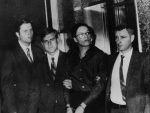
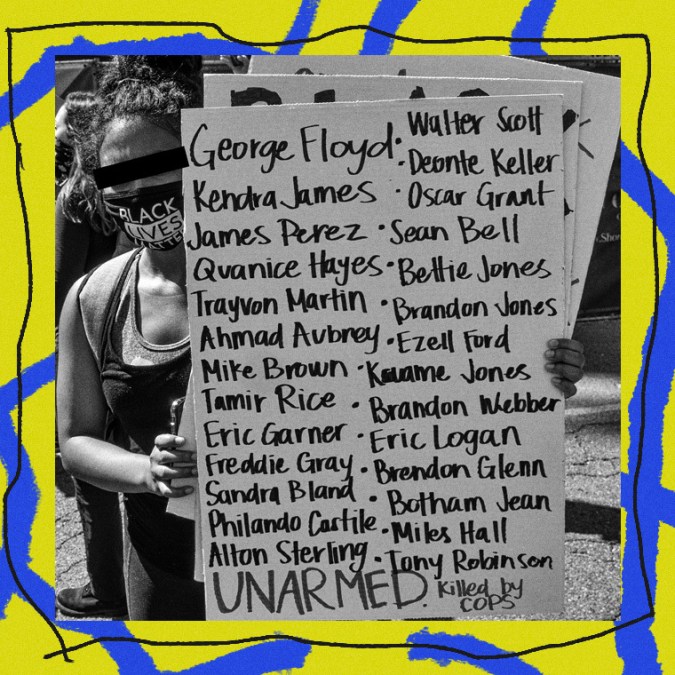
In New York, my sister, a nurse, sees and hears the revolt from her apartment. “I think those are rubber bullets going off,” she texts me about the sounds keeping her awake. On the opposite coast, the sound of sirens now competes with the whirring of helicopters in Long Beach.
According to the organization Mapping Police Violence, 80% of the largest police departments in the United States kill Black men at higher rates than the US murder rate, with three of these forces policing majority-minority cities in California—Santa Ana, Anaheim and Riverside.
In response to the murder of George Floyd, crowds in Los Angeles poured onto the 101 Freeway, blocking traffic. Within 24 hours, protests spread across the city and county.

“The morning of the protest, I woke up feeling angry,” a 23-year-old Angelano who spoke on condition of anonymity says. “The entire week had been one racial slight after another, from Amy Cooper to George Floyd and the response of the police in Minneapolis was even more infuriating.”
He says that he learned about a protest in Pan Pacific Park while scrolling on Instagram. In preparation, he equipped his backpack with food, water and—in anticipation of being tear-gassed—a change of clothes. He rallied with several thousand protestors at the park, held a homemade sign and marched through the westside for six hours.
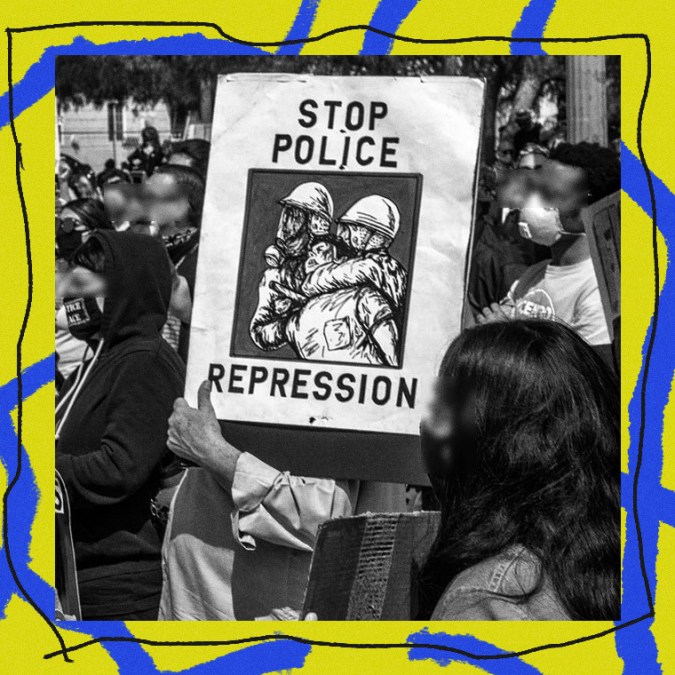
“A child will burn down a village to feel its warmth,” he says. “Right now, the village is burning, and the village needs to take care of the child before it’s all ashes.” He stresses that he sees this time as a special one where “the conditions are right for a large-scale uprising or revolution.” To this protester, it’s evident that government failure instigated this uprising.
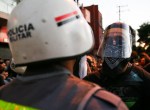
“It doesn’t take care [about] its people.”
While federal, state, and local governments have failed to meet people’s needs at every turn, protest organizers are proving that it can be done. At each Los Angeles County rally and march I’ve attended, volunteers have made necessary goods and services easily and freely accessible. Many folks have been on hand distributing masks, peanut butter and jelly sandwiches, first-aid kits, bottled water and hand sanitizer. Doctors and nurses have been on hand to provide medical care, as well.
As I marched among several thousand protestors through Long Beach, it struck me how much our lives would improve if the march’s organizers and volunteers were to replace our elected and appointed officials.

In Long Beach, several non-Black Latinx protesters spoke to us about their participation. One young woman, 23-year-old Sandra Acevedo, says she learned about the event while scrolling Twitter.
“I was immediately on board,” she says. “I was motivated to go after seeing people in other cities come together in solidarity. I also have a ten-year-old brother who looks up to me and I want him to know that he can be the change he wants to see.”
Acevedo arrived to the downtown Long Beach Police Department, the march’s starting point, and she saw volunteers distributing food and water, as well as a small library station showcasing Black history books and Black authors. She marched, holding her Black Lives Matter poster high.
“As a non-Black POC, I feel like we have a lot of work to do,” she says. “I will continue to use my platform to amplify Black voices.”
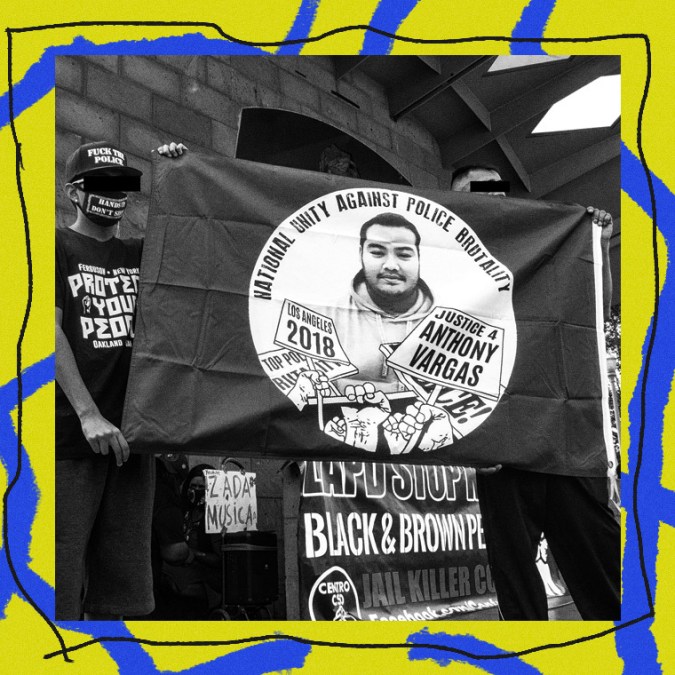
Janet Cardozo, a non-Black Chicana who also attended the Long Beach march, admits she knows that she has never suffered police brutality because she’s “white complected.” She went with her sons because she felt it was imperative.
“Our way of governing isn’t sustainable,” Cardozo says. That thousands attended surprised her. She admittedly felt nervous and anxious as he marched and did her best to keep an eye on everything around her.
“Our departments shouldn’t be outfitted like the military,” she states. “No city budget should primarily fund the police. Policing has failed us.”
Many people we spoke to shared the belief that this uprising will continue to grow, with social media platforms being used as important organizing tools, just as they were during the Arab Spring. For those wanting to participate but are unsure of how to start, we recommend the Black Lives Matter page. There, you’ll find a link that connects you to existing chapters in your community. If your community is without a chapter, you’ll find instructions for starting one.
As activity and filmmaker Tourmaline has noted, “The police have not always existed… So a copless future isn’t only possible, it’s precedented.” Defunding the police is possible but it will take all of us to accomplish this goal. That is essential work.




